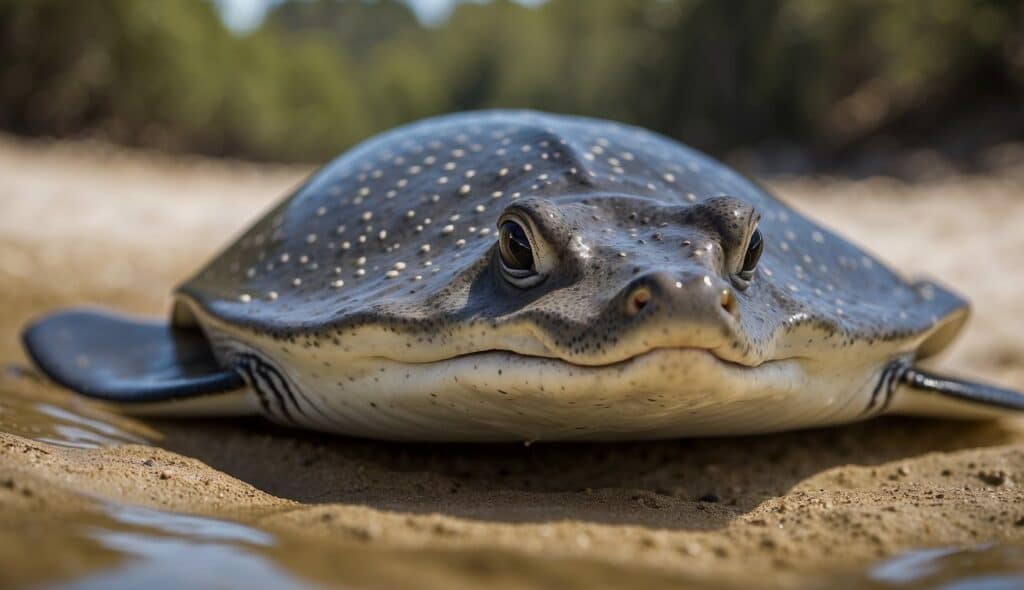Stingrays, with their graceful gliding motions and unique anatomy, have long intrigued both scientists and ocean enthusiasts alike. In this article, we dive into the enigmatic world of stingrays, exploring their biology, behavior, and the conservation efforts aimed at protecting these majestic creatures.
Anatomy and Adaptations: Stingrays are a diverse group of cartilaginous fish belonging to the family Dasyatidae. They are characterized by their flattened bodies and distinctive whip-like tails, which often have one or more venomous barbs. These barbs are primarily used for self-defense but can deliver a painful sting if provoked. Stingrays are superbly adapted to their marine environment, with specialized gill structures that allow them to breathe while lying motionless on the ocean floor.
Ecology and Behavior: Stingrays inhabit a wide range of habitats, from shallow coastal waters to the deep ocean. They are bottom-dwelling creatures, often found buried in the sand or mud, where they feed on a variety of prey including small fish, crustaceans, and mollusks. Despite their formidable appearance, stingrays are generally docile animals and will only use their stinger in self-defense when threatened. Some species, such as the manta ray, are known for their acrobatic leaps out of the water, a behavior that is still not fully understood by scientists.
